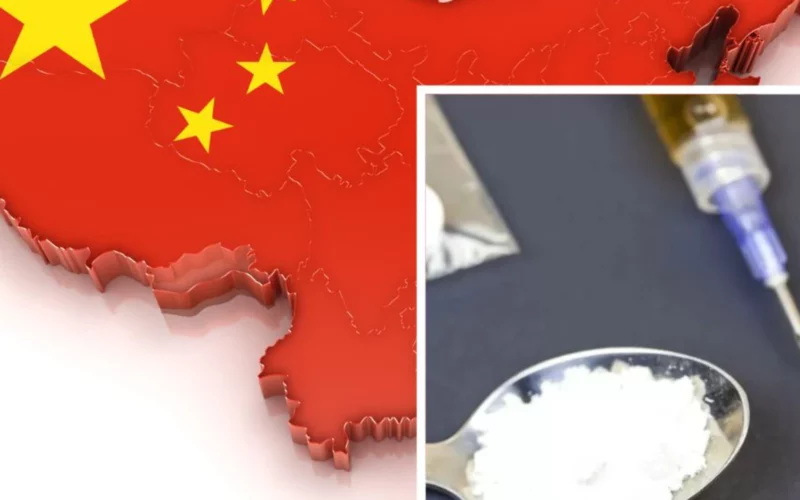The influx of Chinese-made drugs into global markets poses significant challenges for regulatory authorities worldwide, as highlighted by recent revelations from various sources.
Individuals like Sammy, whose story exemplifies the unwitting involvement of individuals in the drug trade, shed light on the complexities surrounding the issue. Many, like Sammy, initially enter the industry without knowledge of the products they are selling online. Others, such as Sara, knowingly engage in the trade, leveraging social media platforms to market a range of illicit substances.
The US government has consistently accused China of flooding markets with deadly drugs like fentanyl, contributing to what it deems the worst drug crisis in American history. Despite denials from Chinese authorities, reports indicate the involvement of both private and state-owned entities in the production and trafficking of illegal synthetic drugs.
The challenge is compounded by the sophistication of operations and the ease with which products can be transported globally. Chinese pharmaceutical and chemical companies exploit various shipping methods, often concealing illicit substances within legitimate cargo.
The rise of synthetic drugs presents a new frontier for criminal organizations, offering advantages such as compactness, ease of transport, and pre-existing demand. This shift has disrupted traditional drug trafficking routes and attracted both established criminal groups and emerging actors.
Dr. Louise Shelley of George Mason University highlights the unique blend of criminal entrepreneurship within a legitimate framework, characterizing the drug trade as a form of social mobility.
Efforts to curb the production and distribution of synthetic opioids like fentanyl have met with limited success. Despite China’s ban on fentanyl and collaborative efforts with the US, the trade persists, fueled by persistent market demand.
The involvement of individuals like Sammy and Sara underscores the need for comprehensive regulatory measures and international cooperation to address the multifaceted challenges posed by the proliferation of Chinese-made drugs. As long as demand persists, illicit actors will continue to exploit loopholes in the system, perpetuating a cycle of supply and demand that threatens public health and safety worldwide.








